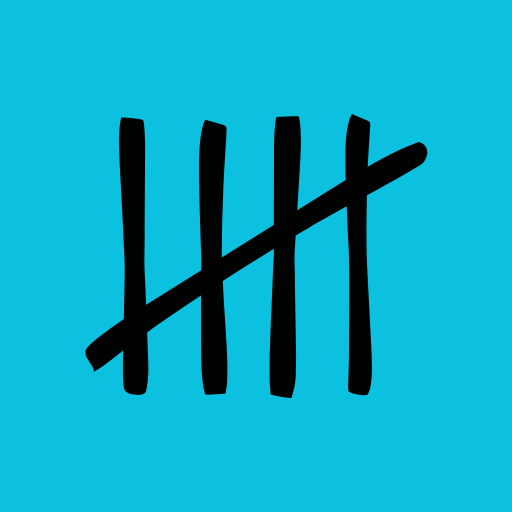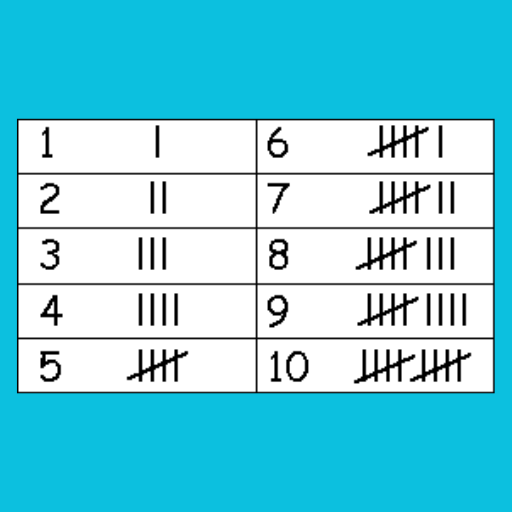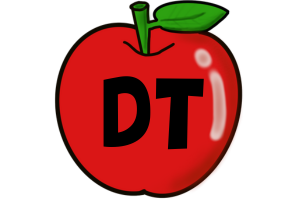Tally marks, or tallies, are an age-old counting method that allows for quick visualization and calculation of numbers. Despite their seemingly simple nature, tallies offer a rich history and an array of applications, from teaching fundamental math concepts to tracking scores in sports. Understanding tallies not only provides insights into their historical importance but also their relevance in current contexts. This article dives into what tallies are, their origins, and how they can be effectively used in an educational setting.

What Are Tallies?
Tallies, also known as hash marks, are a form of the unary numeral system. They are essentially counting or tallying symbols, which are usually used to record numbers or mark quantities quickly and visually. This quick and simple representation system can be seen in many areas of our lives, including classrooms, sports games, and even in media portrayals of prison sentences.
While tallies might seem simplistic or outdated, their use in teaching basic math concepts to children is invaluable. Additionally, their historical significance and widespread use make them an important concept to understand.
The History of Tallies
The earliest evidence of tallies can be traced back to artifacts from the Paleolithic era. Marks found on bones from this period are believed to be some of the oldest tally marks, indicating that this system was used for counting or recording numbers.
Tally sticks, ancient tools used for recording and retaining numerical data, have also played a significant role in history. These elongated pieces of bone, wood, or ivory were marked with counts or lines. Notable figures like Venetian trader Marco Polo have documented the use of tally sticks in regions like the Yunnan province in China.
Historically, there have been two main types of tally sticks: a single tally and a split tally. A single tally stick was used to note down important information for retention or forwarding. A split tally, common in medieval Europe, was used to record transactions, exchanges, and debts. These tally sticks were split lengthwise, ensuring both halves had the same number of tallies as proof of the transaction.
Over time, the use of tallies evolved. With the advent of numeric systems and technological advances, their use for large calculations declined. However, their use in quick, small calculations remains widespread.
Teaching Tallies: An Effective Tool for Fundamental Math
Teaching the concept of tallies to children is relatively straightforward. It involves three simple steps:

-
Draw a vertical line for each unit you want to count (e.g., a day, a goal, an attendee).
Example:
I II III IIII 1 2 3 4 -
For the fifth mark, draw a diagonal line across the previous four lines. This indicates the completion of five tally marks.
Example:
IIII / 5 -
For numbers greater than ten, create similar blocks of five tallies each.
Example (for the number 13):
IIII IIII III / / 5 5 3
Through this tallying method, students can easily visualize and understand numbers. They can count the number of tally lines and write the corresponding number, thereby reinforcing their counting and number recognition skills.
Tallying offers a tactile and visual method of counting that can be particularly useful for kinesthetic and visual learners. It can also be a fun and engaging activity, making math concepts more accessible and enjoyable.
While tally marks may not be commonly used in advanced calculations today, their simplicity and visual nature make them an excellent teaching tool for young learners. They also offer a unique way of understanding historical counting systems and a glimpse into the evolution of mathematics.
Using Tallies in the Classroom
Tallies can be a great way to engage students in mathematics and make the learning process more interactive. Here are some practical examples of using tallies in a classroom setting:
-
Class Attendance: Ask students to keep a tally chart of the daily class attendance. This activity can help them practice counting, addition, and subtraction skills.
-
Behaviour Tracking: Use a tally chart to keep track of positive behaviours in the classroom. This can serve as a visual reinforcement for good behaviour.
-
Voting and Decision Making: When the class needs to make a decision (like choosing a class pet or deciding on a field trip destination), have students cast their votes using tally marks. This method makes counting votes easier and more visual.
-
Math Games: Use tally marks in classroom math games. This can make learning math fun and engaging for the students while reinforcing fundamental math concepts.
In conclusion, tally marks, despite their simplicity, offer a rich history and practical applications in the current education system. They serve as an essential teaching tool for basic math concepts, providing students with a visual and interactive learning experience. Learning about tallies not only enhances students’ math skills but also enriches their understanding of the historical development of counting systems. While they may be seen as an outdated counting method, their relevance in teaching math fundamentals and tallying small quantities keeps them an important part of our lives.


